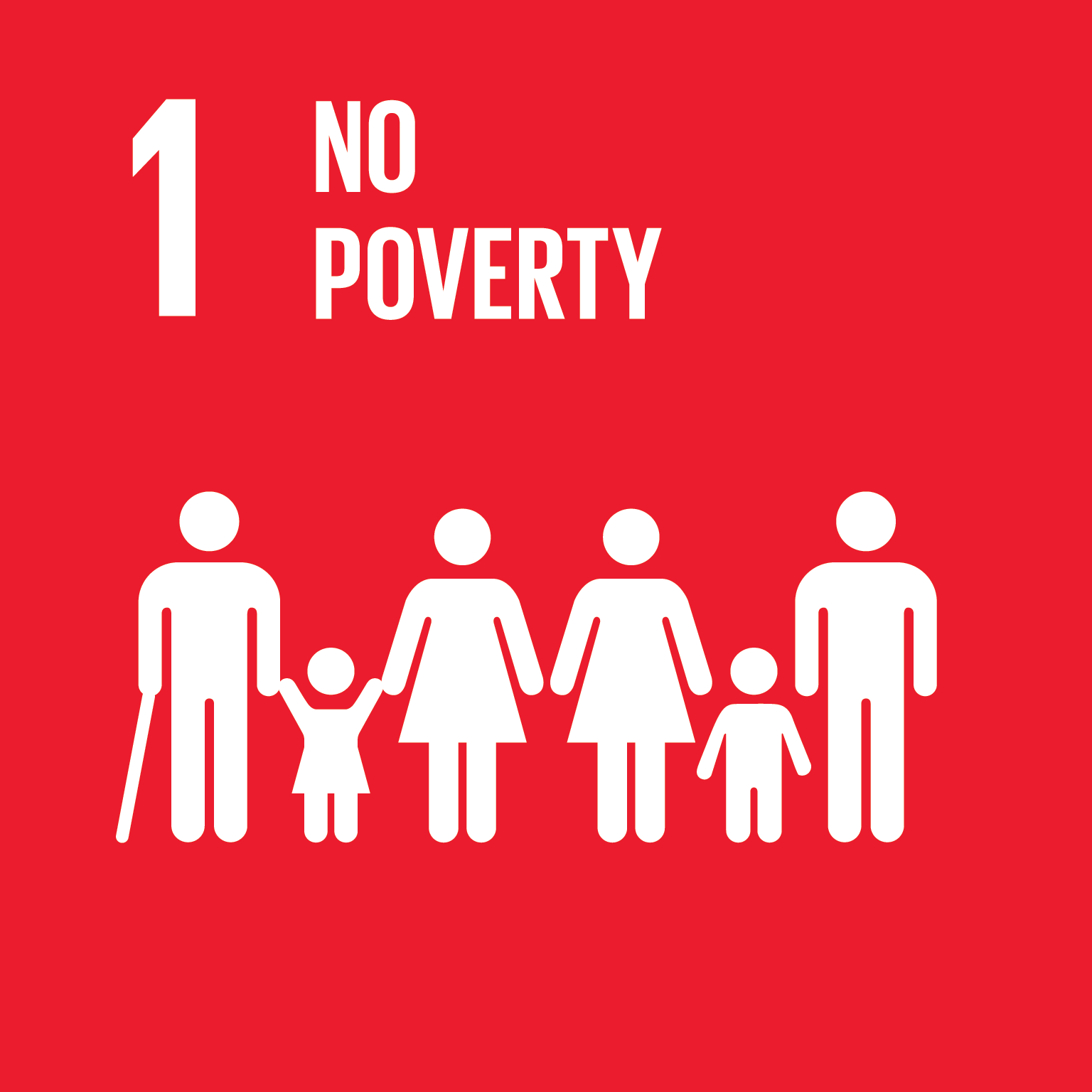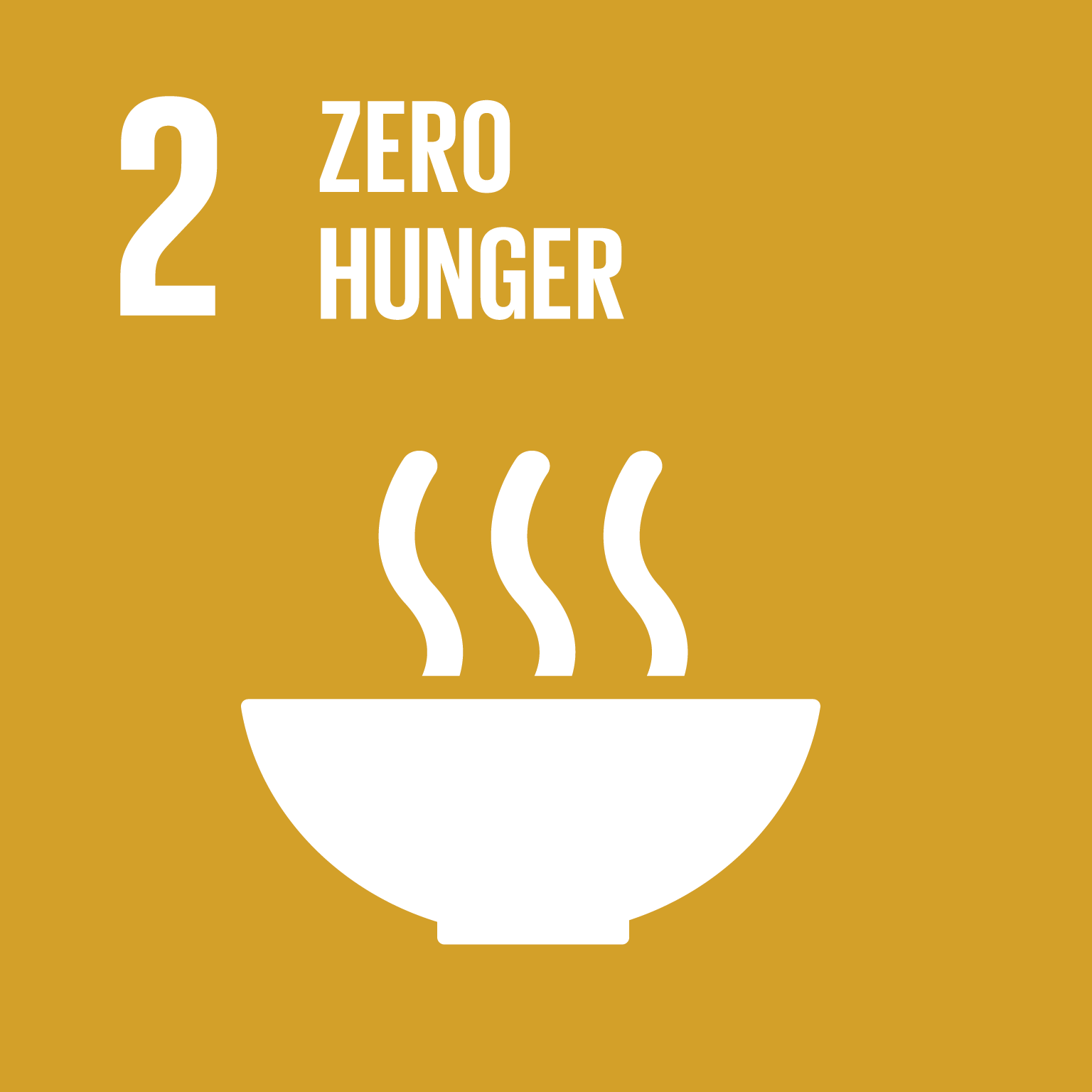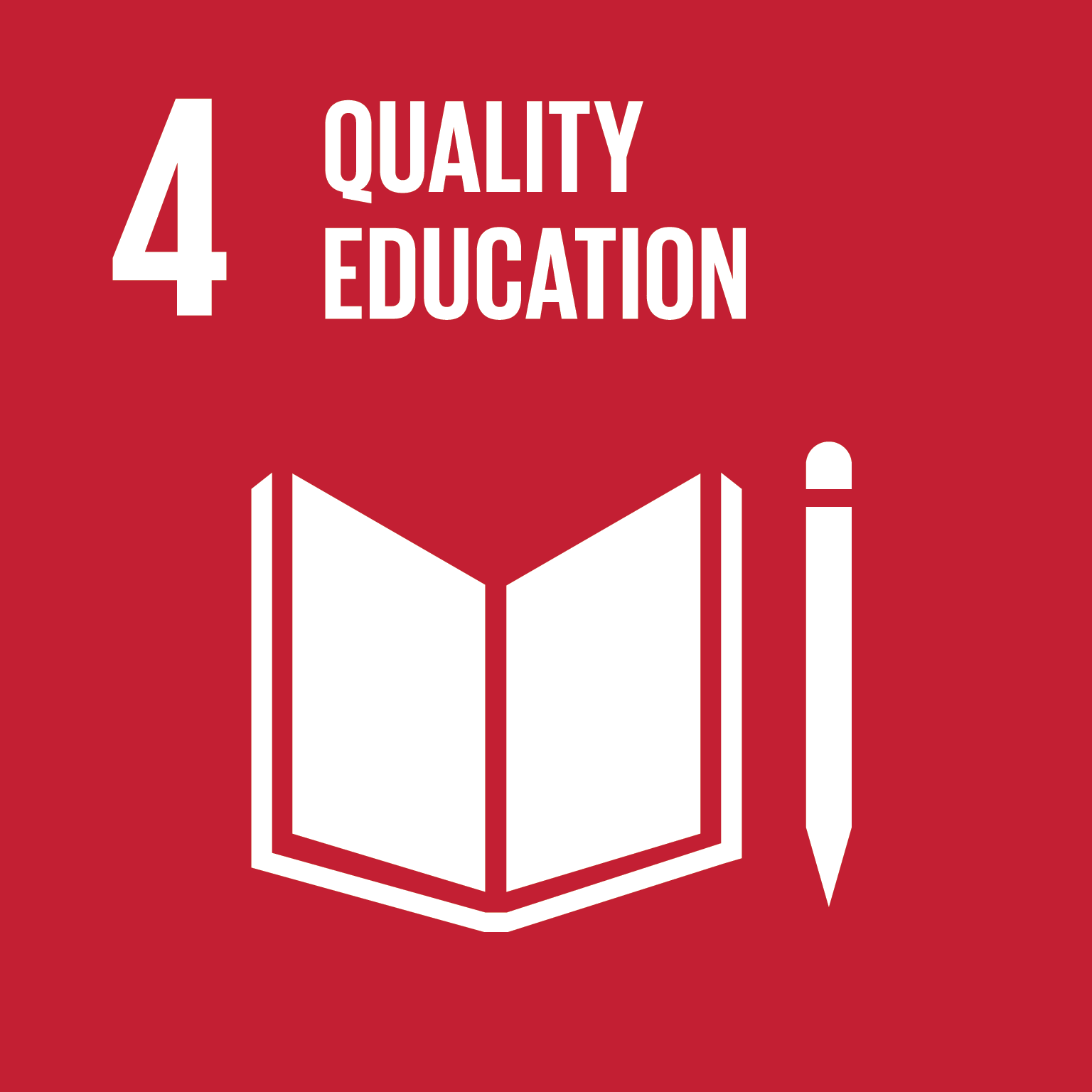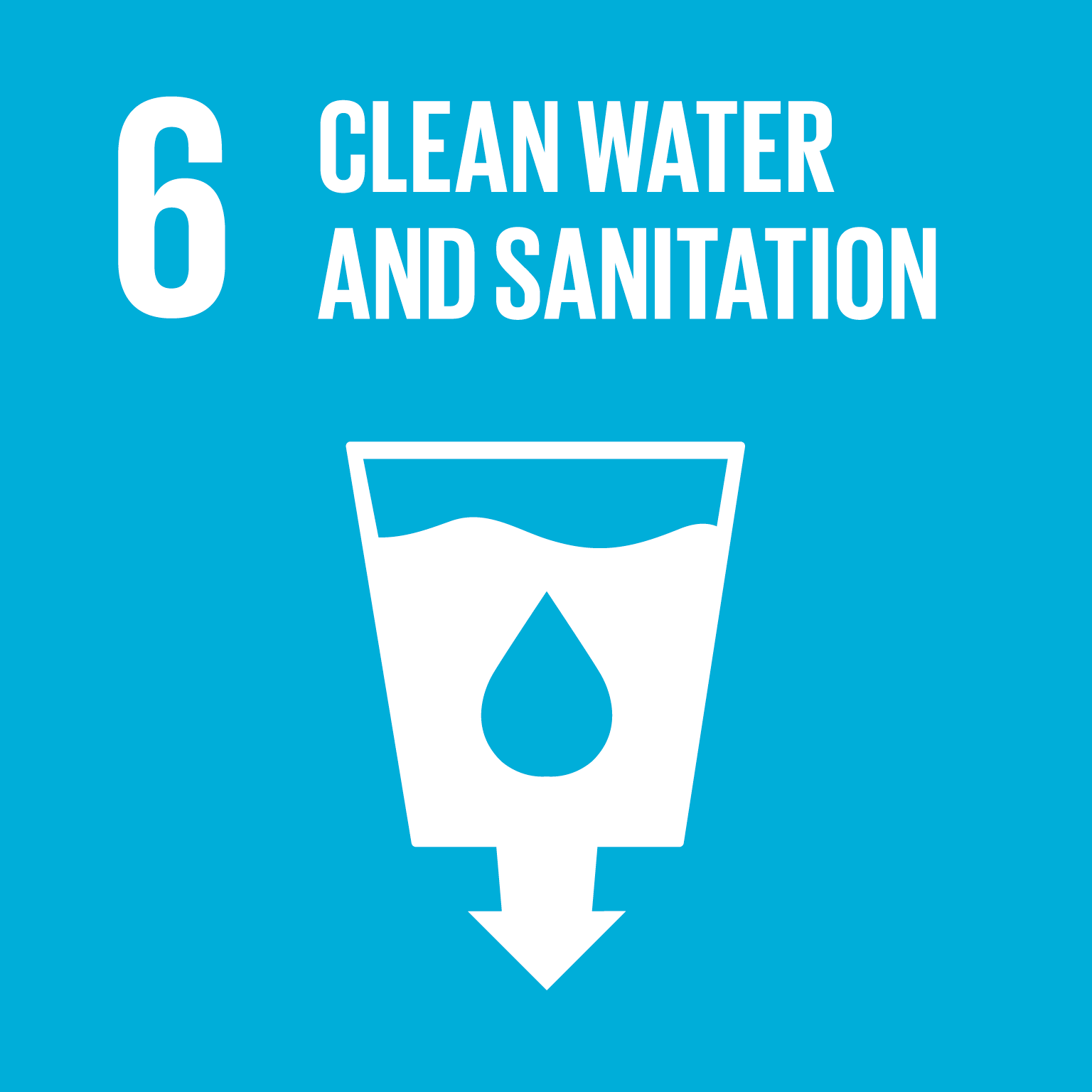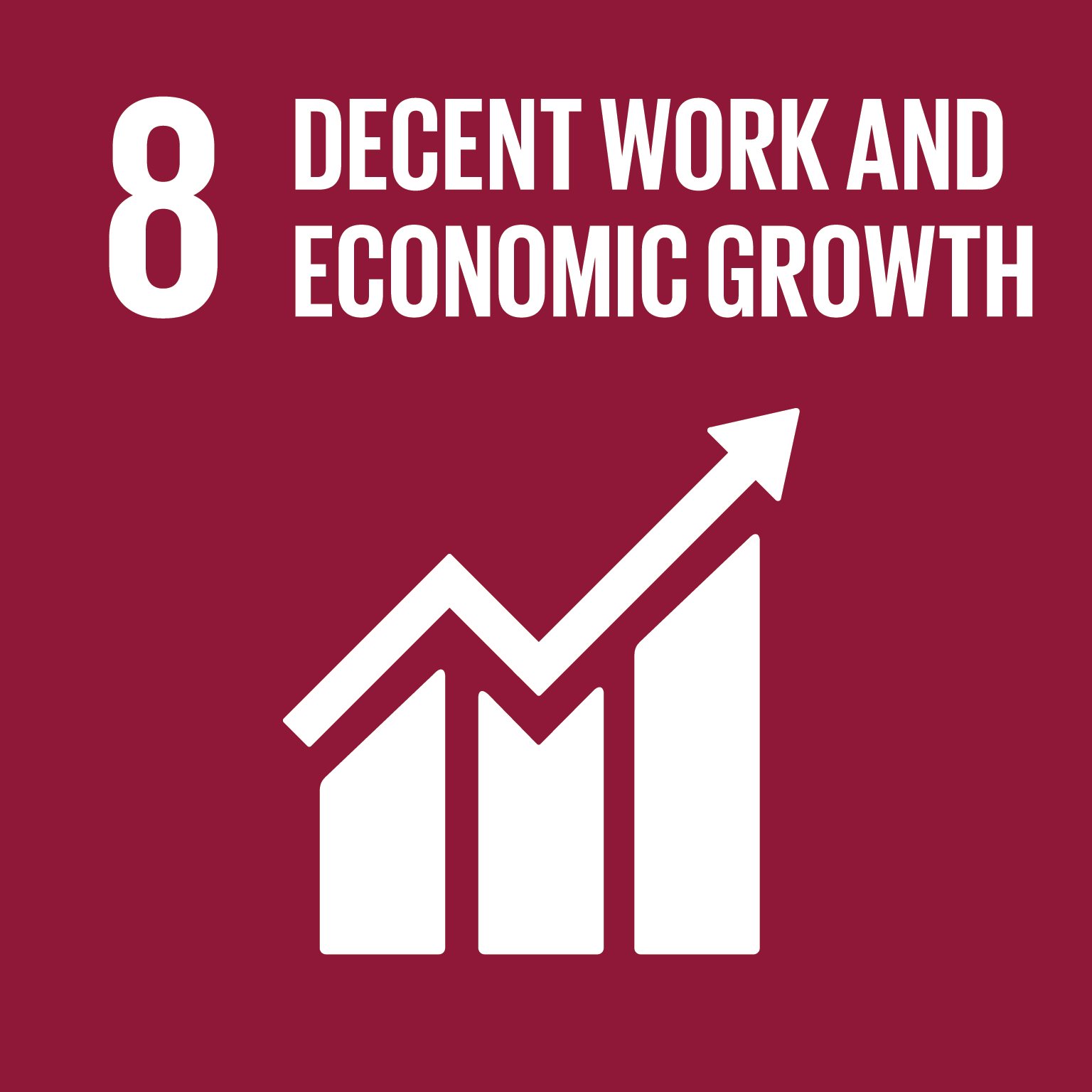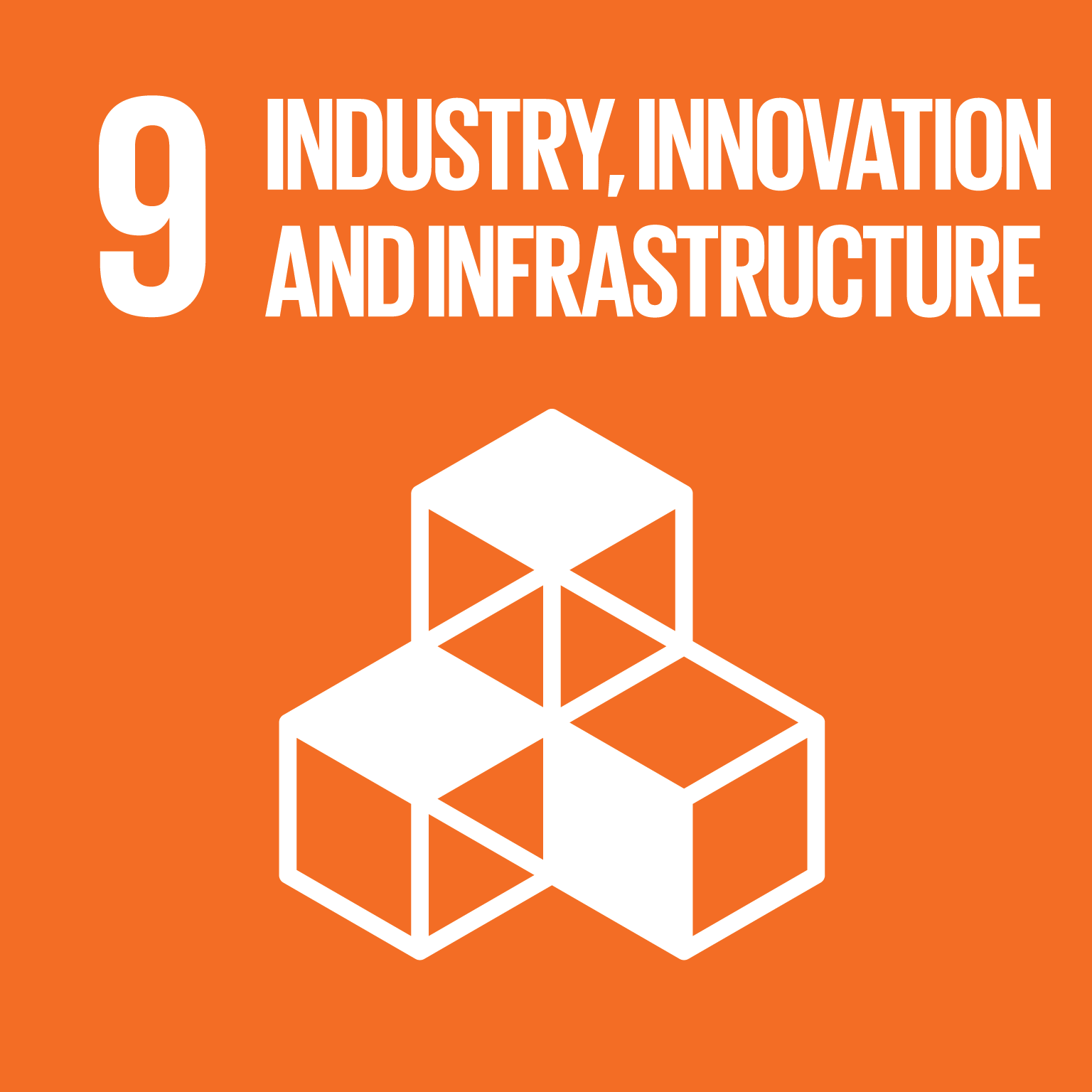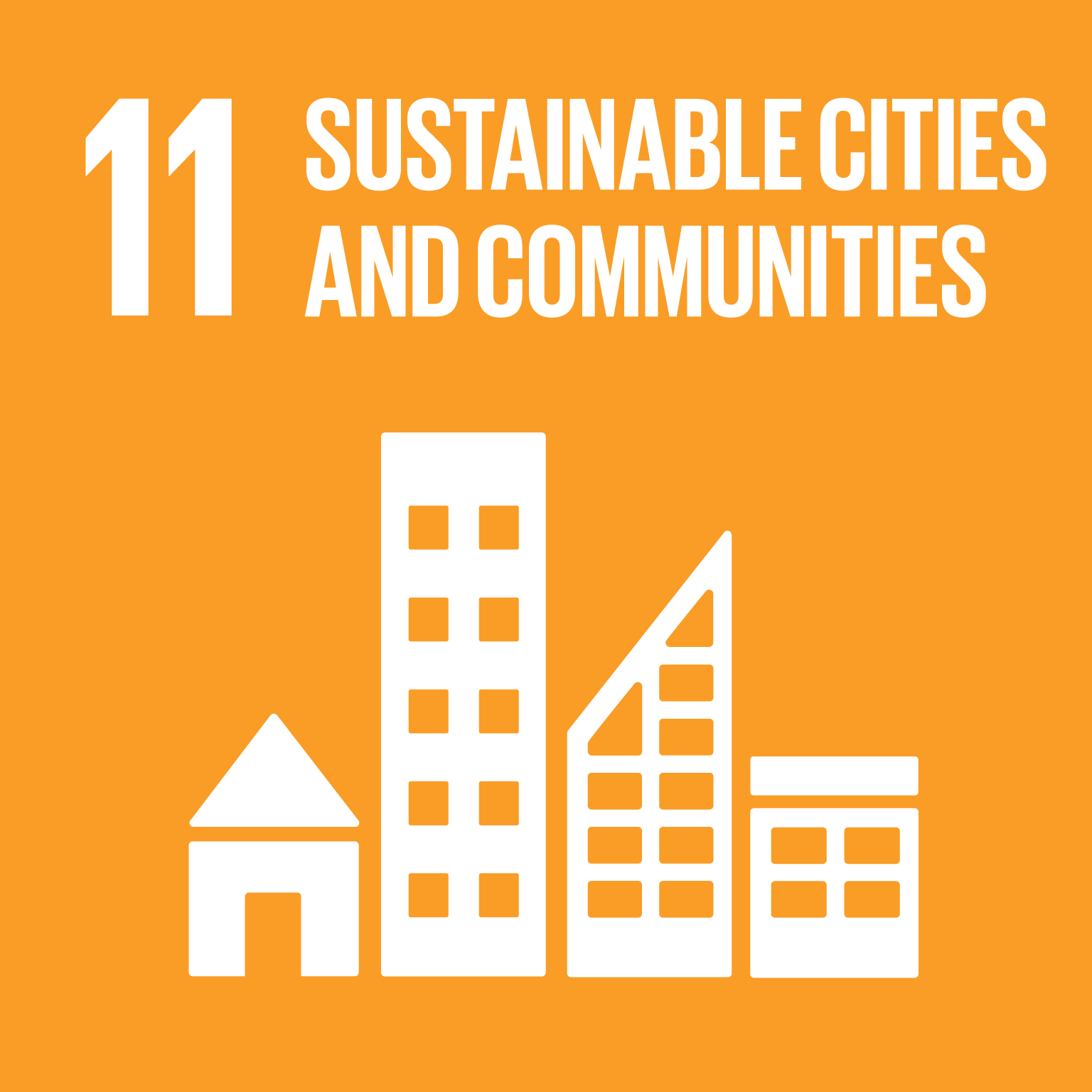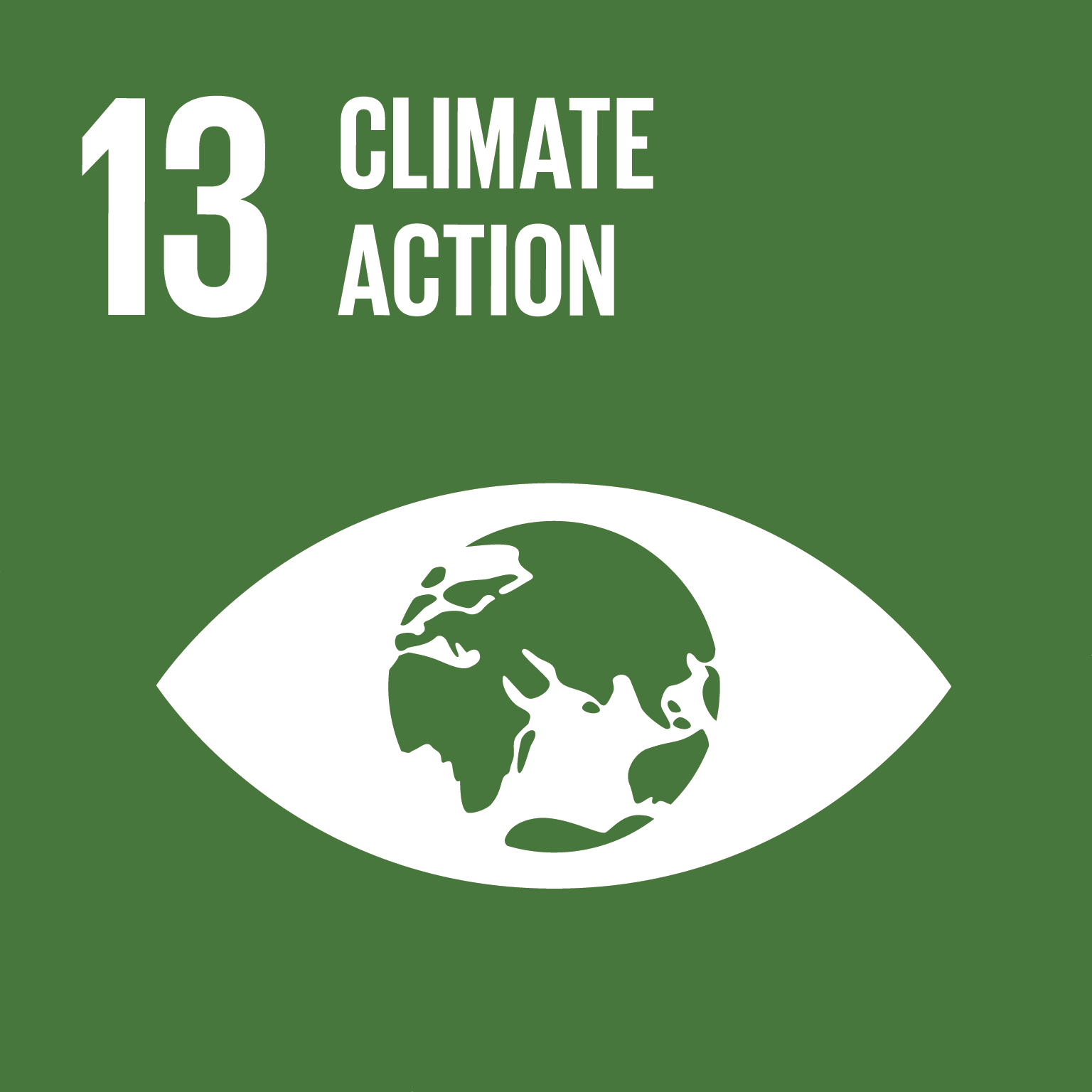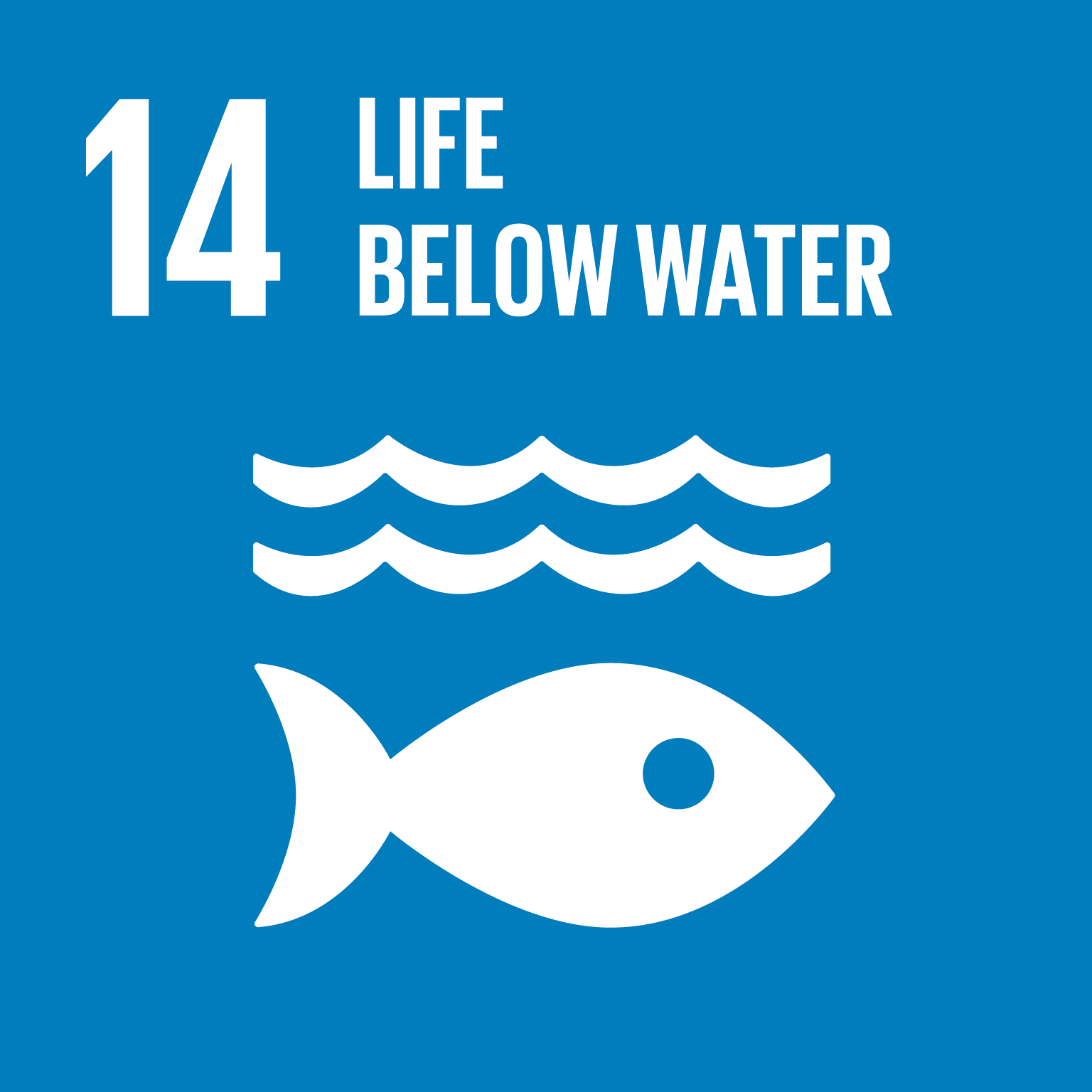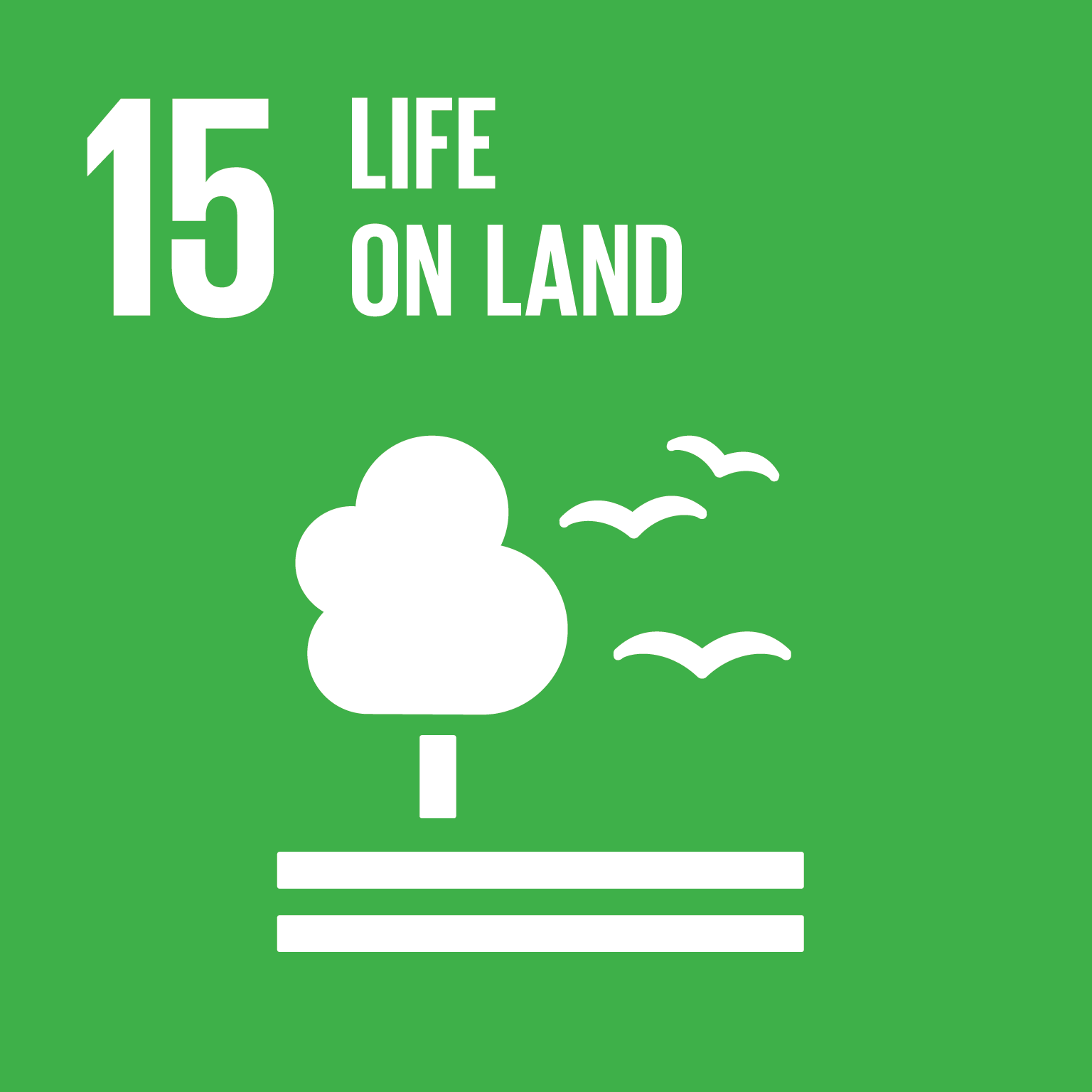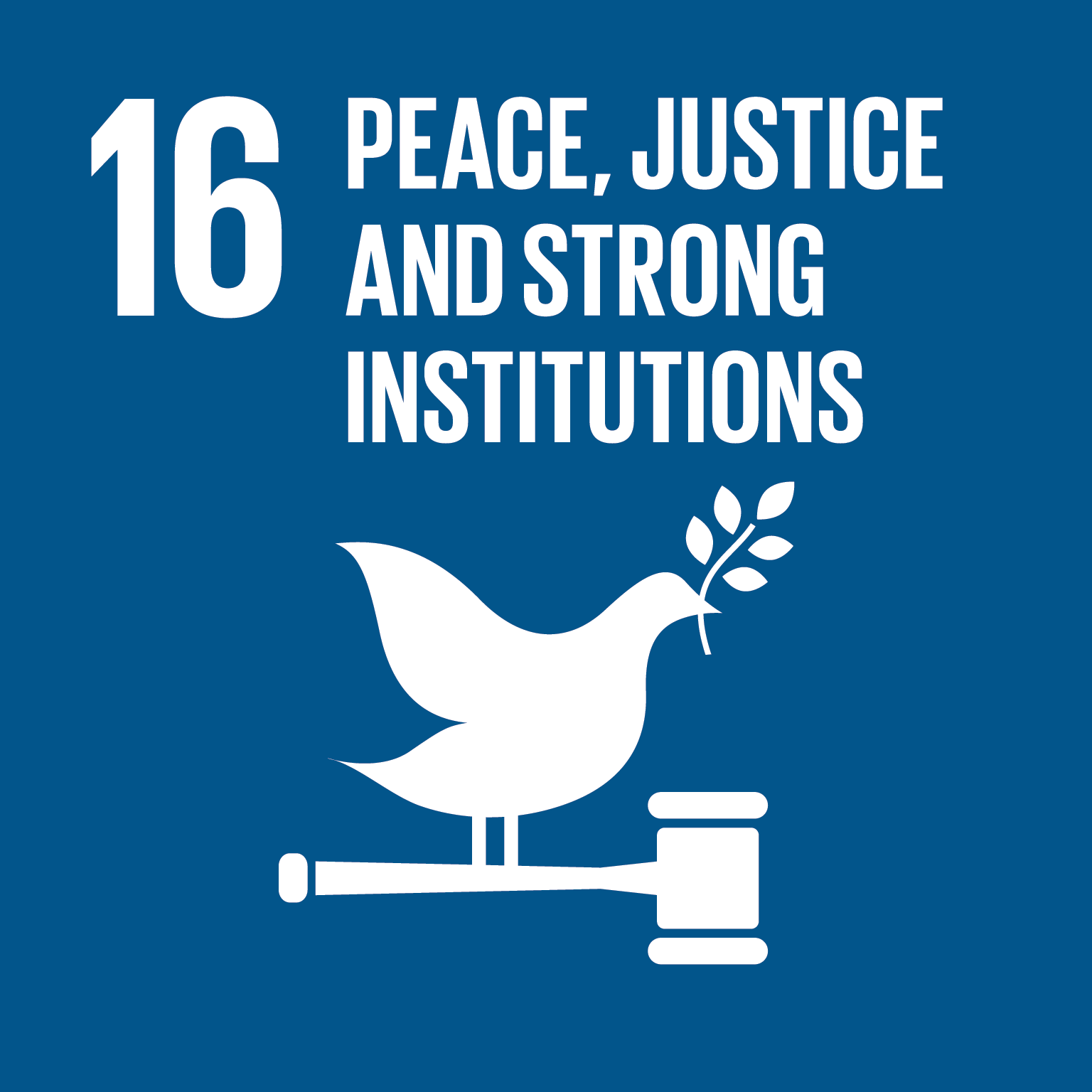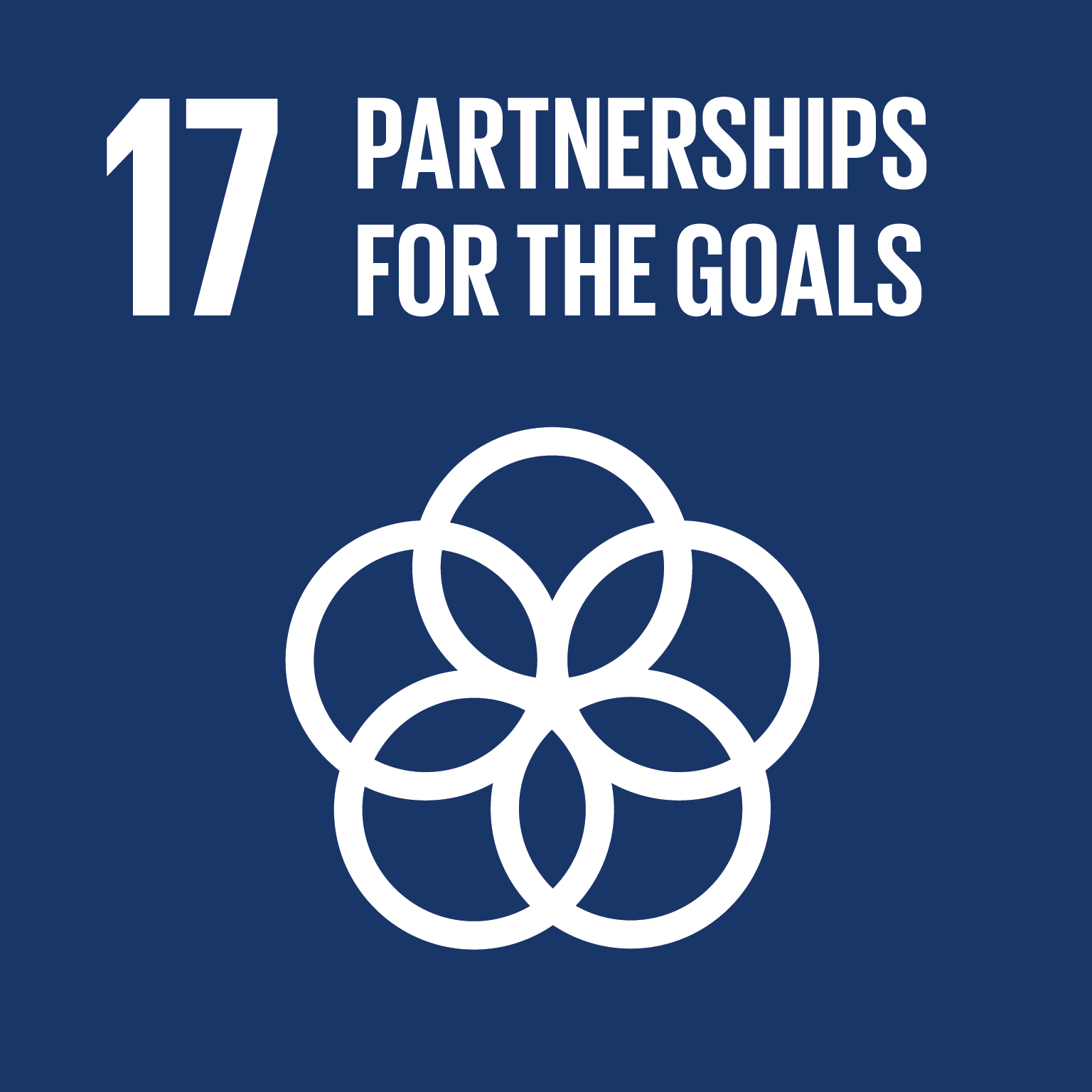Sustainable Development Goals - Overview
G8: Decent Work And Economic Growth
Promote sustained, inclusive and sustainable economic growth, full and productive employment and decent work for all
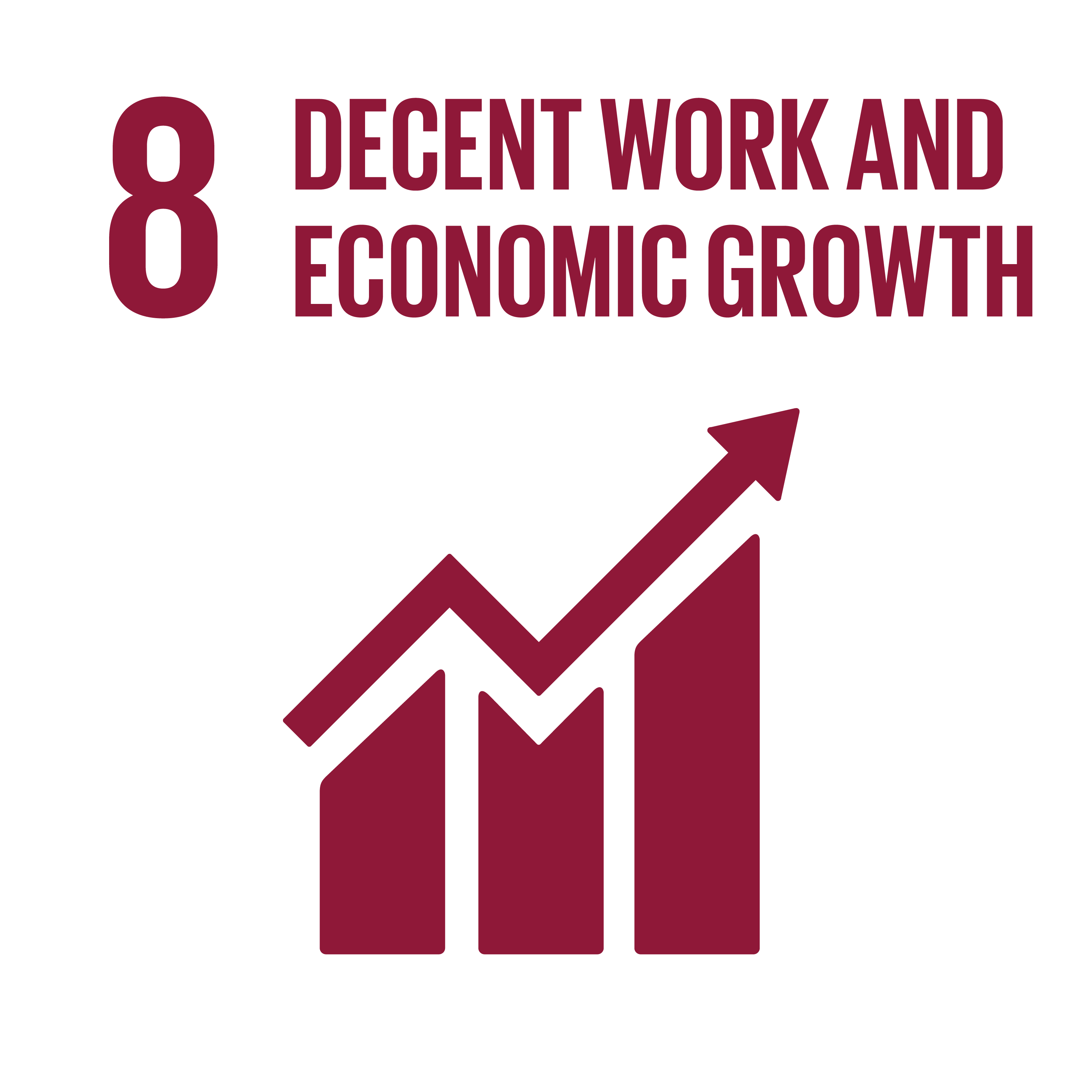
-
Target 8.1: Sustain per capita economic growth in accordance with national circumstances and, in particular, at least 7 per cent gross domestic product growth per annum in the least developed countries Economic
-
Indicator 8.1.1: Annual growth rate of real GDP per capita Economic
-
-
Target 8.2: Achieve higher levels of economic productivity through diversification, technological upgrading and innovation, including through a focus on high-value added and labour-intensive sectors Economic
-
Indicator 8.2.1: Annual growth rate of real GDP per employed person Economic
-
-
Target 8.3: Promote development-oriented policies that support productive activities, decent job creation, entrepreneurship, creativity and innovation, and encourage the formalization and growth of micro-, small- and medium-sized enterprises, including through access to financial services Economic
-
Indicator 8.3.1: Proportion of informal employment in non‑agriculture employment, by sex Economic Environmental
-
-
Target 8.4: Improve progressively, through 2030, global resource efficiency in consumption and production and endeavour to decouple economic growth from environmental degradation, in accordance with the 10 Year Framework of Programmes on Sustainable Consumption and Production, with developed countries taking the lead Economic Social
-
Indicator 8.4.1: Material footprint, material footprint per capita, and material footprint per GDP Economic
-
Indicator 8.4.2: Domestic material consumption, domestic material consumption per capita, and domestic material consumption per GDP Economic
-
-
Target 8.5: By 2030, achieve full and productive employment and decent work for all women and men, including for young people and persons with disabilities, and equal pay for work of equal value
-
Indicator 8.5.1: Average hourly earnings of female and male employees, by occupation, age and persons with disabilities Economic Environmental
-
Indicator 8.5.2: Unemployment rate, by sex, age and persons with disabilities Economic Environmental
-
-
Target 8.6: By 2020, substantially reduce the proportion of youth not in employment, education or training
-
Indicator 8.6.1: Proportion of youth (aged 15-24 years) not in education, employment or training Economic Environmental
-
-
Target 8.7: Take immediate and effective measures to eradicate forced labour, end modern slavery and human trafficking and secure the prohibition and elimination of the worst forms of child labour, including recruitment and use of child soldiers, and by 2025 end child labour in all its forms Environmental Governmental
-
Indicator 8.7.1: Proportion and number of children aged 5‑17 years engaged in child labour, by sex and age Economic Environmental
-
-
Target 8.8: Protect labour rights and promote safe and secure working environments for all workers, including migrant workers, in particular women migrants, and those in precarious employment Governmental
-
Indicator 8.8.1: Frequency rates of fatal and non-fatal occupational injuries, by sex and migrant status Environmental
-
Indicator 8.8.2: Level of national compliance of labour rights (freedom of association and collective bargaining) based on International Labour Organization (ILO) textual sources and national legislation, by sex and migrant status Environmental Governmental
-
-
Target 8.9: By 2030, devise and implement policies to promote sustainable tourism that creates jobs and promotes local culture and products Environmental
-
Indicator 8.9.1: Tourism direct GDP as a proportion of total GDP and in growth rate Economic
-
Indicator 8.9.2: Proportion of jobs in sustainable tourism industries out of total tourism jobs Economic Social
-
-
Target 8.10: Strengthen the capacity of domestic financial institutions to encourage and expand access to banking, insurance and financial services for all
-
Indicator 8.10.1: (a) Number of commercial bank branches per 100,000 adults and (b) number of automated teller machines (ATMs) per 100,000 adults Economic
-
Indicator 8.10.2: Proportion of adults (15 years and older) with an account at a bank or other financial institution or with a mobile-money-service provider Economic
-
-
Target 8.a: Increase Aid for Trade support for developing countries, in particular least developed countries, including through the Enhanced Integrated Framework for Trade-related Technical Assistance to Least Developed Countries
-
Indicator 8.a.1: Aid for Trade commitments and disbursements Economic
-
-
Target 8.b: By 2020, develop and operationalize a global strategy for youth employment and implement the Global Jobs Pact of the International Labour Organization Environmental International Cooperation
-
Indicator 8.b.1: Existence of a developed and operationalized national strategy for youth employment, as a distinct strategy or as part of a national employment strategy Economic Governmental
-
Goals
-
Goal 1.1: Enhance inclusive, equitable and sustainable economic growth.
Strong Aspiration 1. Moonshot 1: Ev -
Goal 1.2: Increase Economic Resilience.
Strong Aspiration 1. Moonshot 1: Ev -
Goal 1.3: Establish and make functional Continental Financial and Monetary Institutions.
Weak Aspiration 2. Moonshot 2: Af -
Goal 1.5: Increase investments in blue economy.
Weak Aspiration 1. Moonshot 1: Ev -
Goal 6.1: Increase access to quality, inclusive and relevant education and skills learning system for all citizens.
Weak Aspiration 6. Moonshot 6: Af -
Goal 6.4: Create a Generation of Engaged and Empowered Youth and Children.
Strong Aspiration 6. Moonshot 6: Af
Targets
-
Target 1.1.1: Increase the 2023 per capita income to at least USD 3,048.
Strong -
Target 1.1.4: Maintain or lower the unemployment rate.
Strong -
Target 1.2.1: Achieve annual GDP growth of at least 6% over the period.
Strong Weak -
Target 1.2.2: Maintain growth in manufacturing value addition that exceeds GDP growth.
Strong Weak -
Target 1.2.3: Increase the share of high technology products in manufactured export to 20%.
Strong Strong -
Target 1.4.1: Increase growth in agricultural yields by at least 4% per year.
Strong -
Target 1.4.2: Reduce agricultural food import to at most 40%.
Strong -
Target 1.5.1: The potential of the fisheries and aquaculture within the blue economy space is fully unlocked through targeted interventions.
Strong Strong -
Target 1.3.1: All Member States have a growing domestic capital market able to attract the private sector.
Weak -
Target 6.1.1: Increase net enrolment rates for primary and secondary school to 100% and 80% respectively.
Strong -
Target 6.1.2: At least 80% of children complete primary education with minimum required proficiency levels in reading, writing, mathematics, and digital skills.
Strong -
Target 6.1.3: At least 80% of children below five complete at least two years of structured early childhood education and development (ECD) programme before primary education.
Strong -
Target 6.1.9: Africa contributes at least 10% to the global scientific research output; at least 50% of the research output translates into innovation and production.
Strong Strong -
Target 6.3.4: All women have rights to own and inherit property, sign contracts, manage business, own a bank account and own land.
Strong Weak -
Target 6.3.6: At least 50% and 30% of management positions in government and private sector, respectively, are held by women.
Weak -
Target 6.3.7: End all forms of discrimination and violence against women and girls.
Strong -
Target 6.3.8: End harmful social norms and customary practices against women and girls, such as child marriages and Female Genital Mutilation (FGM).
Strong -
Target 6.4.1: Reduce youth unemployment rate to 14%.
Strong Strong -
Target 6.4.2: Increase the proportion of youth-owned business by 10%.
Strong Strong Weak -
Target 6.4.3: At least 15% of all elected officials at local, regional, and national levels are youths.
Strong -
Target 6.4.4: Eliminate all forms of violence and exploitation against children, including child trafficking, corporal punishment, and child labour, including those facilitated through online technology.
Strong Strong -
Target 6.4.5: End recruitment of children in armed conflicts.
Strong -
Target 5.3.2: National museums and cultural centres in AU Member States are functional, well-resourced, and networked.
Strong -
Target 5.3.3: Africa’s contribution to global output in the creative or fine arts (film, literature, theatre, music and dance, couture) increased to at least 15%.
Strong
Indicators
-
Indicator 1: Real GDP per Capita.
Strong -
Indicator 2: Unemployment rate.
Strong -
Indicator 9: GDP growth rate.
Strong Strong -
Indicator 10: Share of manufacturing value added to GDP.
Strong -
Indicator 14: Annual growth in agricultural yields (five major agricultural products).
Strong -
Indicator 15: Share of food imports to total value of imports.
Weak -
Indicator 16: Blue economy gross value added as a proportion of GDP.
Strong Strong -
Indicator 43: Number of countries that have functional national level museums or cultural centres.
Strong -
Indicator 47: Share of Africa's contribution to global output in creative or fine arts.
Strong -
Indicator 49: Percentage of children who at the end of primary education have minimum required proficiency in reading, writing, mathematics and digital skills.
Strong -
Indicator 50: Enrolment rate of children below 6 years in early childhood education and development (ECD) for at least two years.
Strong -
Indicator 53: Net enrolment rate in secondary education.
Strong -
Indicator 74: Percent change in girl-children subjected to child marriage.
Strong -
Indicator 75: Youth unemployment rate.
Strong Strong -
Indicator 77: Proportion of businesses owned by youth.
Strong Weak Weak -
Indicator 78: Percentage of elected positions held by youth in political positions at local and national levels.
Strong -
Indicator 79: Proportion of children who are victims of domestic violence.
Weak -
Indicator 80: Percentage of children engaged in child labour exploitation.
Strong -
Indicator 81: Percentage of children who are victims of human trafficking.
Strong -
Indicator 82: Percentage change in children engaged in armed conflicts.
Strong -
Indicator 87: Share of Africa's contribution to the global scientific research output.
Strong -
Indicator 54: Percent change in enrolment in TVET.
Strong
Goals
-
Goal 2: Leveraging the power of science, technology, and innovation to fight against multidimensional vulnerabilities and to achieve the Sustainable Development Goals.
Weak Access to mode Science, techn Promoting priv -
Goal 3: Supporting structural transformation as a driver of prosperity.
Strong Productive cap Infrastructure Connecting lea Support for pr -
Goal 4: Enhancing international trade of least developed countries and regional integration.
Weak Duty-free and Preferential r Least develope Technical assi Trade-Related Agriculture an World Trade Or E-commerce Special and di Regional integ
Targets
-
Target 1.05.04: Increase access to safe and healthy working conditions, decent work opportunities, knowledge and skills for all young people in the least developed countries..
Strong Weak -
Target 2.01.06: Move away from low value-added natural resources and low-technology products to higher value-added manufactures and higher-technology products..
Strong -
Target 3.01.01: Generate quality employment opportunities for all and increase labour productivity by 50 per cent by 2031, with particular attention given to the integration of women, young people and those in vulnerable situations..
Strong Strong Weak -
Target 3.01.02: Substantially increase economic and export diversification with a view to reaching the level of other developing countries in export concentration by 2030..
Strong Weak -
Target 3.01.03: Promote inclusive and sustainable industrialization and, by 2030, double industry’s share of employment and GDP in least developed countries..
Strong Weak -
Target 3.05.02: Ensure full and equal access to financial services and products for micro-, small medium-sized enterprises, including insurance, especially for women, and improve financial and digital literacy..
Strong Strong -
Target 4.04.01: Significantly increase Aid for Trade support for least developed countries, which is expected to double by 2031 from 2018 levels..
Strong -
Target 4.04.02: Ensure accession to WTO of all least developed countries committed to do so by the end of the current decade..
Strong
Indicators
-
Indicator 1.02.07.01: Unemployment rate, by sex, age and persons with disabilities.
Strong -
Indicator 1.02.07.02: Proportion of youth (aged 15–24 years) not in education, employment or training.
Strong -
Indicator 1.03.02.03: Average hourly earnings of employees, by sex, age, occupation and persons with disabilities.
Strong -
Indicator 1.03.06.01: Proportion of informal employment in total employment, by sector and sex.
Strong -
Indicator 1.05.04.02: Unemployment rate for youth (15-24 years), by sex.
Strong -
Indicator 3.01.01.01: Output per hour worked (GDP constant 2021 international $ at PPP).
Strong -
Indicator 3.01.01.02: Annual growth rate of real GDP per employed person.
Strong
Goals
-
Goal 1: Structural transformation and science, technology and innovation.
Strong -
Goal 2: Trade, trade facilitation and regional integration.
Weak
Targets
-
Target 1.01.01: Increase labour productivity and decent employment opportunities across all productive sectors of the landlocked developing countries, including manufacturing, services and agriculture, with a particular focus on women and youth, by 50 per cent by 2034..
Strong Strong Strong Strong Strong Strong Weak -
Target 1.01.02: Double the output of services sectors in landlocked developing countries by 2034, especially tourism and high-productivity, knowledge-intensive sectors, with a view to increasing their contribution to the economies of the landlocked developing countries..
Strong Strong -
Target 1.02.01: Enhance business ecosystems conducive to private sector development in landlocked developing countries..
Strong Weak -
Target 1.02.02: Broaden and diversify the entrepreneurial base of landlocked developing countries to better include women and the youth and accelerate their inclusive development, including through targeted technical support..
Strong Strong Strong Strong -
Target 1.04.01: Double the contribution of manufacturing value added to the gross domestic product of the landlocked developing countries by 2034..
Strong Weak -
Target 1.04.02: Double the share of medium and high-tech manufacturing in the total value added in manufacturing of the landlocked developing countries by 2034..
Strong -
Target 1.04.03: Provide adequate support to landlocked developing countries to adopt proactive, equitable, inclusive and sustainable industrial policies, in support of their national priorities..
Strong Strong -
Target 2.01.06: Offer appropriate technical assistance and capacity-building to landlocked developing countries to complete the process of their accession to the World Trade Organization, fulfil their commitments and integrate into the multilateral trading system..
Strong -
Target 5.04.03: Ensure that financial services related to remittances are equally accessible for both women and men..
Strong
Indicators
- No alignments!

